Is EV Demand Really Shrinking? It’s Complicated
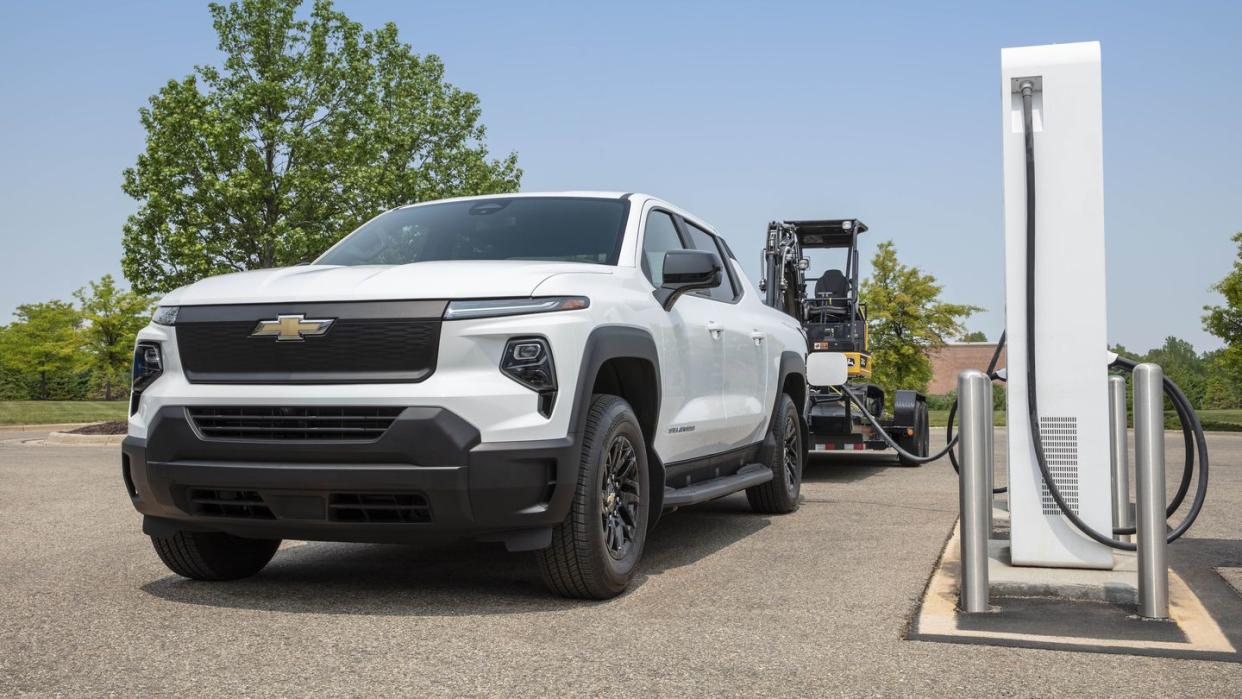
General Motors has officially delayed the Silverado EV for another year due to shrinking demand and engineering challenges, but what exactly does this signal to the EV market at large?
It remains a complicated market to succeed in, as automakers like Lucid and Rivian decrease production, though some manufacturers continue to reap the benefits of EV adoption trends.
National and state-by-state figures also show positive trends, but analysts warn that a plateau could be impending, leaving automakers and their EV investments high and dry for the moment.
With Ford's all-electric F-150 Lightning out on the open road for over a year, you would think that General Motors is eager to create some electric pickup segment competition. But the Ford's competitor, the Chevrolet Silverado EV, is not ready for prime time and GM is actually pushing its launch back by a whole year.
Why is GM taking what seems like a drastic action? Diminished demand for new EVs, the automaker says, among other engineering challenges. GM says that demand is so down, in fact, that it is diverting 1000 employees from its Orion Assembly plant in Lake Orion, Michigan (which is currently being retooled for EV production), to other Michigan assembly facilities.
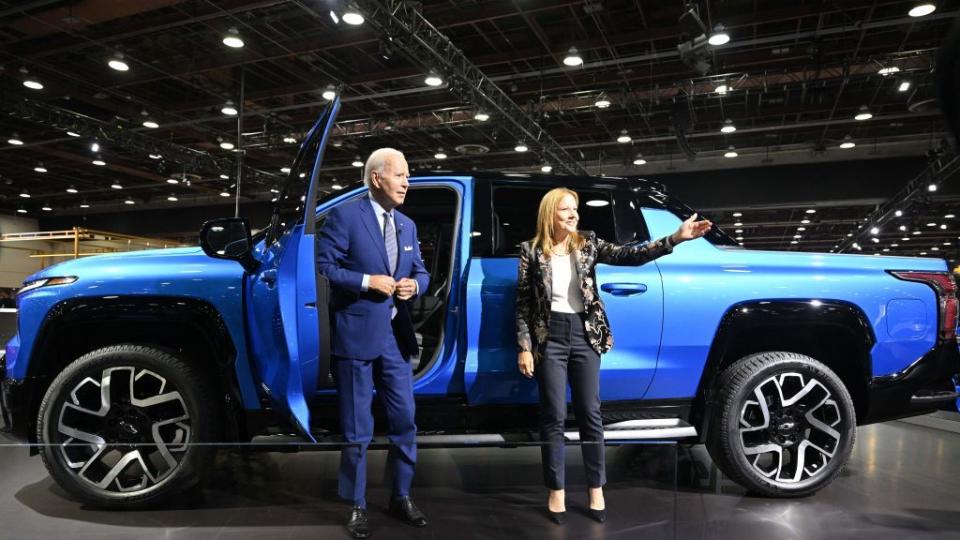
It's in GM's best interest to retool its Orion plant for electric truck manufacturing, as the facility will phase out Chevrolet Bolt production later this year, though it's surprising to see a manufacturer delay what is likely to be its flagship EV. But GM isn't alone in its assessment of the EV market, as Ford temporarily slows down F-150 Lightning production.
Neither automakers conceded that these production problems were a result of the current United Auto Workers strike, either. And it's not just Ford and GM that are struggling with an alleged EV market lull, as companies like Lucid Motors produced 30% fewer models this quarter. Similarly, F-150 Lightning sales were down 46% in the last three months.
Adjusting production to meet demand is only natural, especially in the years following multiple labor and material crises, but is EV demand really dropping that sharply? And if consumers are shying away from EVs, where does this leave automakers that are relying on EVs for their future prosperity?
In order to suss out what exactly is going on, we started by looking at state-by-state EV sales data. California is naturally accelerating ahead, boasting a 24.3% year-to-date zero-emissions-vehicle sales rate. That's nearly 6% higher than the overall 2022 ZEV sales rate in California. But California is an easy EV target, so to speak.
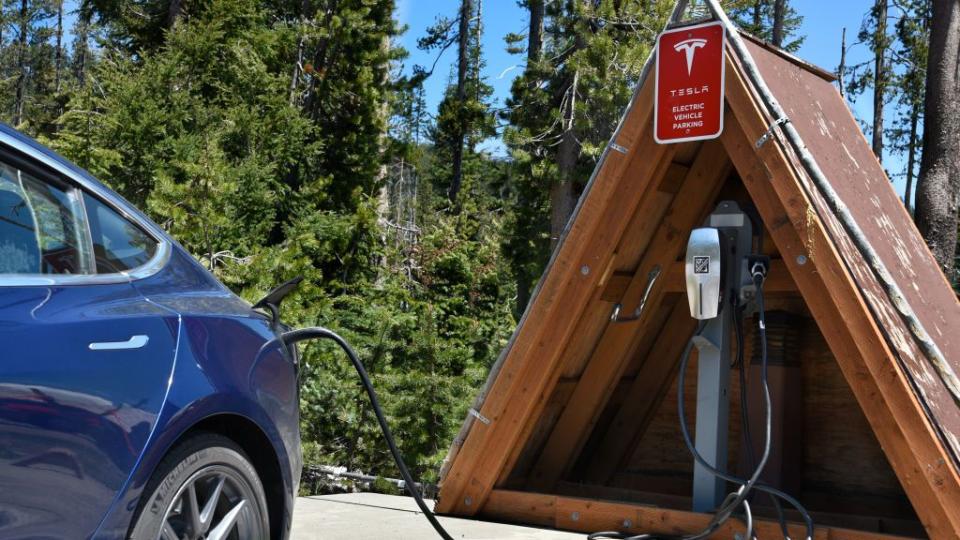
Follow the Pacific Ocean up north and you'll find a similar trend in Washington, where 18% of new car sales for the first half of 2023 were either fully electric cars or plug-in hybrids, according to the Seattle Times. For reference, Washington's EV sales rate hovered around 8%-12% through the first half of 2022 before dramatically ramping up.
If these tax-credit-incentivizing, charging-infrastructure-building state statistics aren't convincing, it's worth looking at the data on a national level, too. Data from the Department of Energy's Argonne National Laboratory shows a fairly consistent monthly sales rate for plug-in vehicles this year, save for a small dip between June and July.
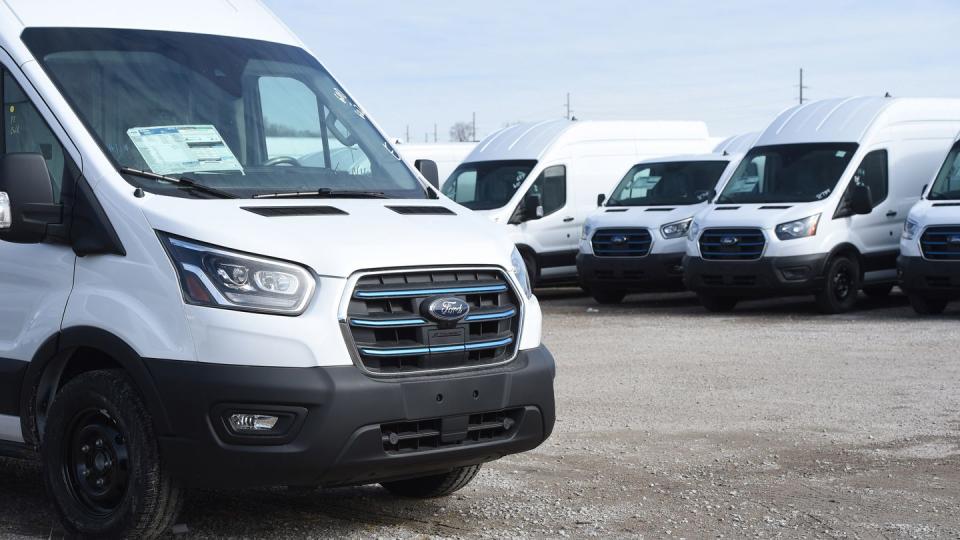
A glance at the EV sales rates from manufacturers points to relatively positive trends, too. Ford reported a 14.8 % quarterly rise in EV sales, with the Mustang Mach-E and E-Transit posting their best sales quarter ever. That accounts for a total EV sales increase of 65% from August to September for Ford.
And it's not just domestic carriers seeing such strong EV sales demand. Kia EV6 sales are up 45% year-over-year for the third quarter; annual Volkswagen ID.4 sales have doubled since 2022; and even BMW recently set a new quarterly EV sales benchmark in the US. In fact, GM says its third-quarter EV sales are up 28% as compared to EV sales earlier this year.
If EV sales are seemingly on the rise, it begs the question of what is truly behind GM's decision to take a step back from Silverado EV production. Karl Brauer, iSeeCars' executive analyst, sees the move as potentially prudent in the long run, in spite of positive sales trends for individual vehicles and specific statewide trends.
"There seems to be a threshold of around 7%-10% share before EV sales drastically slow down. That's the situation in California, Oregon, and Washington, where those states have the largest EV share but also the slowest growth in EV share," Brauer explained. "We're seeing the start of an overall market pushback against electric vehicle sales now that early adopters and environmentalists have their vehicles."
GM's slowdown in EV production is actually indicative that the company monitors demand very closely. When you consider the lack of profit these vehicles offer, GM's move actually reads as more calculated than knee-jerk.
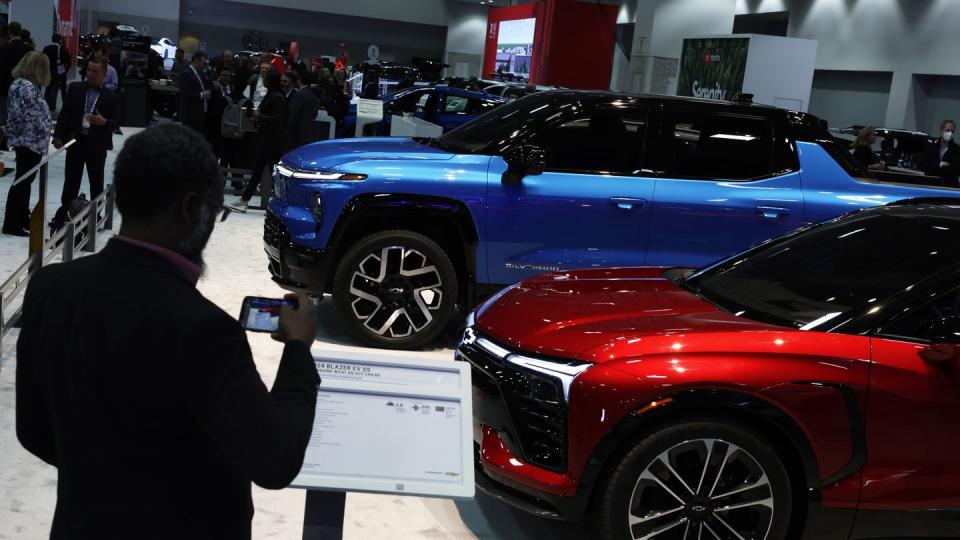
"The profit margins for EVs are much narrower—or even non-existent—compared to traditional automobiles, and that's when they sell for MSRP. If Ford and GM have to start cutting prices to move these vehicles, the business model rapidly deteriorates," Brauer said in an interview with Autoweek. "The domestic automakers have never done well when they can't align production with market demand."
Of course, pricing plays a big role in the slowdown of EV sales. In fact, the average price of a new EV in the US this August was $53,376, down from $65,688 in August 2022. Factoring in federal and state incentives drops the current going rate into the $45,000 range, but that still isn't affordable for many Americans.
That doesn't mean US buyers are giving up on EV shopping entirely. Data from Recurrent shows that demand for used EVs is up. The used BEV market is outpacing even the most popular new EVs, like Tesla's Model 3, and the reason behind this is pricing, naturally. The average price for a used EV is $27,800, down 32% year-over-year.
Even so, the outlook for automakers in the near future is muddy. Stuck between impending government regulations, challenging engineering costs, and less than a third of dealers signaling confidence in EVs (according to Cox Automotive), lying in wait may be the safest bet for OEMs.
"There's this widespread assumption that costs will come down, energy density will go up, and the infrastructure will come together. It paints a great picture, but having an industry move full-speed ahead under those assumptions is extremely risky. And everyone from the automakers to the government regulators knows it, even if they won't publicly admit it," Brauer said.
Are commercial fleets in your area going EV? If so, how do you feel about it? Please share your thoughts below.

